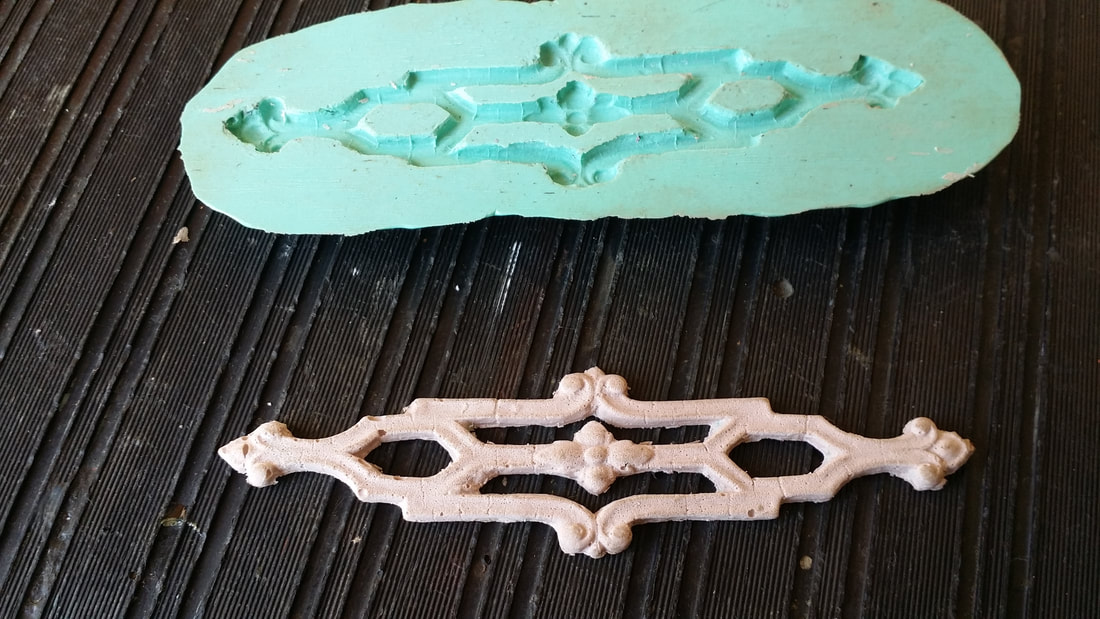I am almost certain that this was constructed by the end user rather than a radio shop or other professional and the proof of that resides in the wiring error resulting in a missing meter. More on that below.
This is a rather typical early 20's 8-tube super which uses UX201As. It does have an antenna coil giving it some flexibility as compared to those designs that require a loop antenna, There is even a switch/jack that allows switching between a loop for improved directionality over a long-wire.
Well, this did make one decision easier. The cabinet was going to have to be refinished caus' no amount of Go-Joe is going to rub out that split.
Above is the failed interstage trans. They were produced by a company I have never seen before and in a fashion that is very unusual for an audio transformer. The core was solid iron rather than the usual laminated stack. This solid core was shaped like a spool on which the primary and secondary were scramble/bulk wound. Then the spool was inserted into a iron pipe, held in place with the machine screw (above). Both windings were open so I just wound on enough #38 to fill the spool with a 3 to 1 ratio.
This transformer design is probably not the best for audio quality since the unlamented core is going to generate a lot of eddy currents. This might be the cause of some of the raspyness when using both audio stages in the video (below).
Unfortunately it appears that the builder was following a diagram similar to the one below, which is found on several locations on the net. I have made a mark near the volt meter (in red) to note the connection of B+ to the meter. (Above) is one of the buss wires that fell out when the radio was unpacked. As with the diagram it appears to run from B+ to the meter location resulting in 3 conductors/connections for the meter. Now, most meters only have 2 connections, + and -. And I can not recall a meter of this vintage that needed 100V DC for anything. I suspect that at some point high voltage damaged the original meter which is why it is missing. I used a meter from a Radiola to fill the holes for pictures but it is wrong.
After checking the A circuit, I brought up the B+ and there was a station playing LOUD and clear (Faux Sports). I cant recall this ever happening before, at least SOME tuning had been required.
This radio has such good gain that the 2nd audio really isn't necessary AND it appears that the builder also knew this since he incorporated a slight mod to the last audio jack that turns the filament off when the 2nd audio (201A) is not used, saving some A battery life. To commemorate the builder, I left this mod in place.
Harry was digging through a listing for a group of old meters and located the one pictured above. Not only does it work, but, this Jewel meter matches exactly the buss wire connection/position of the original construction. That makes it likely that this was the type of meter original used.
Thanks Harry!













 RSS Feed
RSS Feed